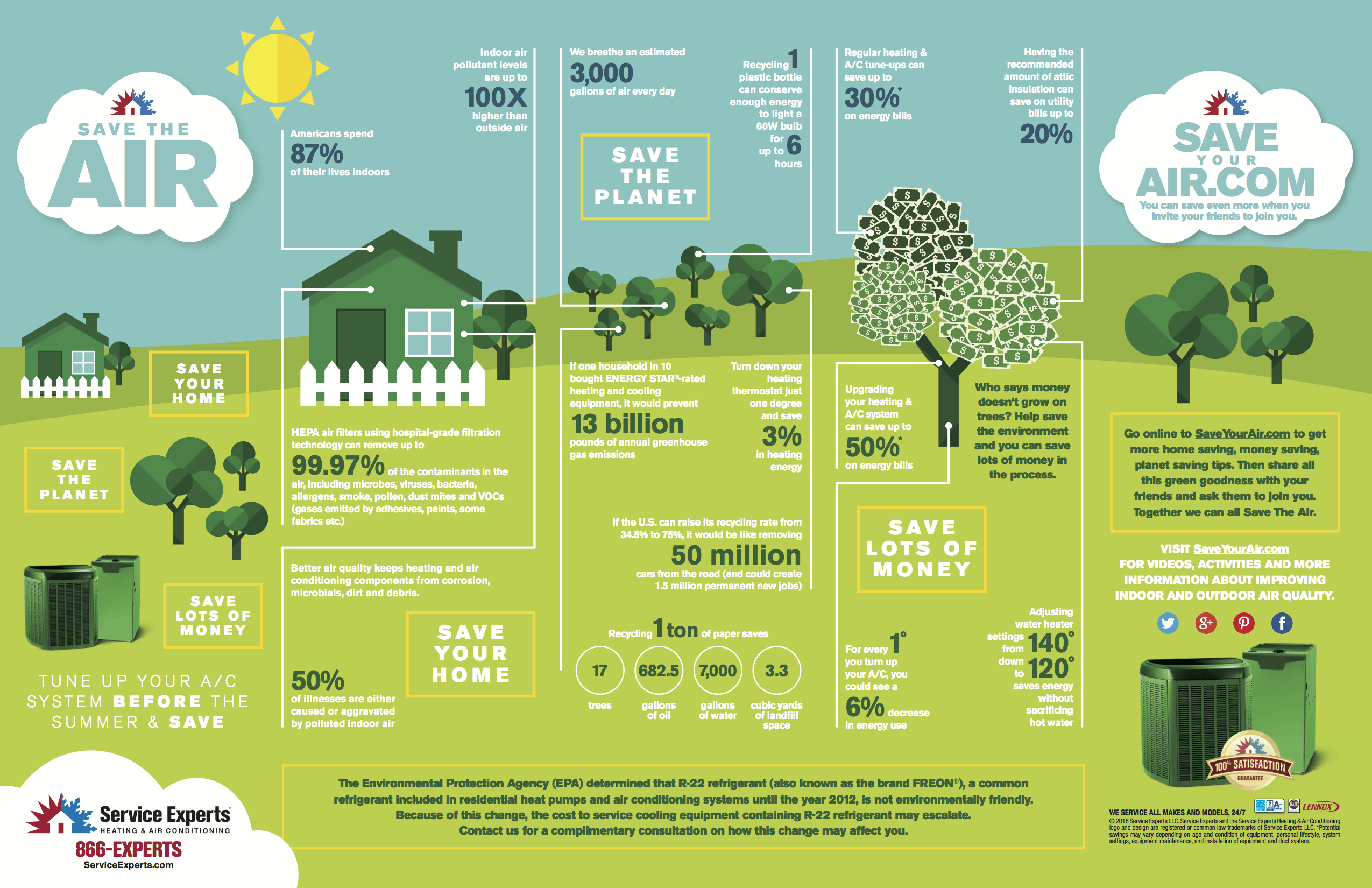The Ultimate Overview To Comprehending Warm Pumps - Just How Do They Work?
The Ultimate Overview To Comprehending Warm Pumps - Just How Do They Work?
Blog Article
Short Article By-Grady Bland
The very best heatpump can conserve you considerable quantities of money on power expenses. dc installation services can likewise help in reducing greenhouse gas exhausts, especially if you make use of electrical power in place of fossil fuels like lp and heating oil or electric-resistance heating systems.
Heat pumps function significantly the like a/c unit do. This makes them a sensible choice to traditional electric home heating systems.
Exactly how They Function
Heat pumps cool homes in the summer season and, with a little assistance from power or natural gas, they give a few of your home's home heating in the winter. They're a good option for individuals that want to lower their use of nonrenewable fuel sources however aren't all set to replace their existing furnace and air conditioning system.
They depend on the physical reality that also in air that appears too cold, there's still energy present: cozy air is always relocating, and it wants to relocate right into cooler, lower-pressure environments like your home.
The majority of power STAR licensed heat pumps operate at near their heating or cooling capability throughout most of the year, minimizing on/off biking and conserving energy. For the best performance, concentrate on systems with a high SEER and HSPF rating.
The Compressor
The heart of the heat pump is the compressor, which is likewise called an air compressor. This mechanical flowing gadget utilizes potential power from power development to raise the stress of a gas by decreasing its quantity. https://www.bbb.org/article/tips/14091-bbb-tip-heating-and-air-conditioning is various from a pump in that it only works on gases and can't work with fluids, as pumps do.
Climatic air goes into the compressor through an inlet shutoff. It circumnavigates vane-mounted arms with self-adjusting size that separate the inside of the compressor, developing numerous dental caries of differing dimension. The rotor's spin pressures these cavities to move in and out of phase with each other, compressing the air.
The compressor draws in the low-temperature, high-pressure refrigerant vapor from the evaporator and presses it right into the warm, pressurized state of a gas. This process is repeated as needed to supply heating or air conditioning as required. The compressor also includes a desuperheater coil that reuses the waste heat and includes superheat to the refrigerant, altering it from its fluid to vapor state.
The Evaporator
The evaporator in heat pumps does the exact same thing as it does in refrigerators and ac unit, transforming fluid refrigerant into a gaseous vapor that removes warm from the space. Heatpump systems would certainly not function without this critical tool.
This part of the system lies inside your home or structure in an indoor air trainer, which can be either a ducted or ductless device. It contains an evaporator coil and the compressor that presses the low-pressure vapor from the evaporator to high pressure gas.
Heatpump soak up ambient heat from the air, and after that utilize electricity to transfer that heat to a home or business in heating setting. That makes them a lot extra power reliable than electric heating units or furnaces, and due to the fact that they're utilizing tidy electrical power from the grid (and not burning fuel), they additionally produce much less emissions. That's why heat pumps are such great ecological options. (In addition to a massive reason why they're becoming so popular.).
The Thermostat.
Heat pumps are wonderful choices for homes in cold environments, and you can utilize them in combination with typical duct-based systems or even go ductless. They're a terrific different to fossil fuel furnace or standard electrical heating systems, and they're a lot more lasting than oil, gas or nuclear HVAC tools.
Your thermostat is the most important part of your heat pump system, and it works very in a different way than a standard thermostat. All mechanical thermostats (all non-electronic ones) job by using materials that transform dimension with boosting temperature level, like coiled bimetallic strips or the expanding wax in a vehicle radiator valve.
These strips include 2 different types of metal, and they're bolted with each other to form a bridge that completes an electric circuit connected to your heating and cooling system. As the strip gets warmer, one side of the bridge expands faster than the various other, which causes it to flex and indicate that the heater is needed. When the heatpump remains in home heating mode, the turning around shutoff turns around the flow of cooling agent, to ensure that the outdoors coil currently functions as an evaporator and the indoor cylinder comes to be a condenser.